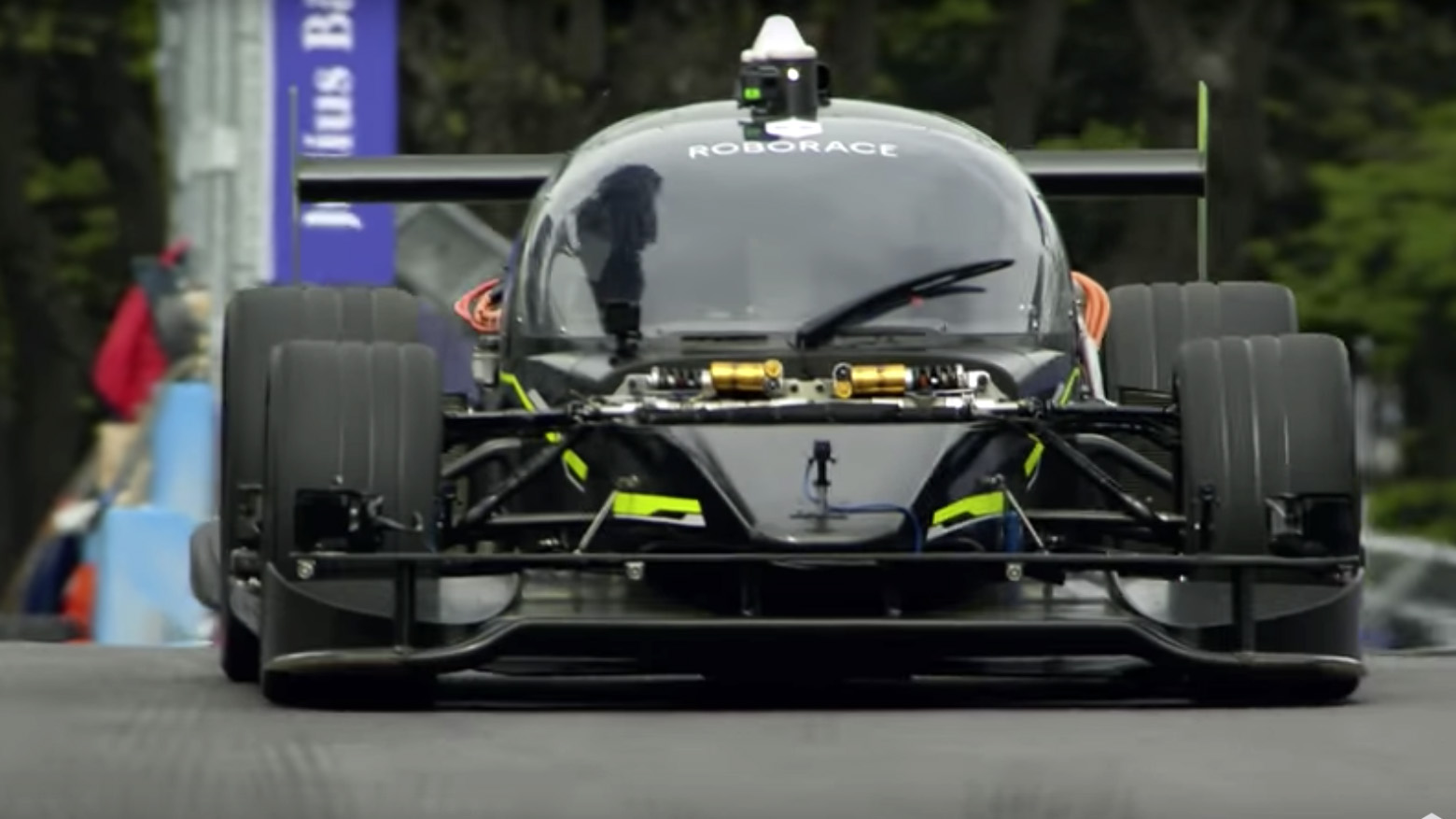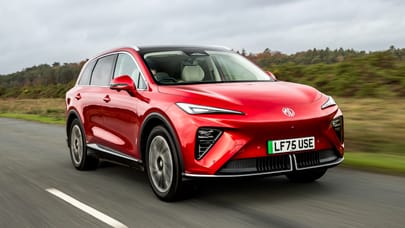
Who's quicker: a racing driver or a robot?
Is it time for Ryan Tuerck to hang up his racing boots and surrender to coding?
You’ve met DevBot, haven’t you? The driverless development vehicle for Formula E’s upcoming autonomous series Roborace? Well, if you haven’t, prepared to have your mushy mind blown.
See, unlike traditional racing where us puny, fleshy humans sweat it out to be the fastest around a race track, the future of racing will be a battle of algorithms, not of drivers. Roborace will see twenty identical cars run different software from rival teams and duke it out on track with no one behind the wheel.
The proposed cars look, as you’d expect, quite futuristic. It’s the work of Daniel Simon, a man whose past includes the creation of the futuristic vehicles in the Hollywood blockbuster Tron: Legacy.
But before they’re let loose, we’ve got DevBot. For the last year, it’s been following the Formula E circus doing laps and hoovering up AI data. As you can see, the DevBot prototype has a space for a human driver though. At each circuit, a driver hops in first and goes around the track first to check the car’s mechanical and electric systems are in order. Then DevBot drives itself on a slow data-acquisition lap, sensing the boundaries of the track and figuring out a racing line. Finally, the driver switches to AI mode, and walks away.
At Formula E’s recent round in Rome, DevBot went against an actual human to see how far its development has come. And it didn’t race some lucky lottery winner out of the crowd, but an actual racing driver: pro-drifter Ryan Tuerck.
Given his company car is a sideways-inclined Toyota GT86 with a Ferrari 458’s engine shoved in, he’s not unfamiliar with Franken-cars.
Some stats on DevBot; it weighs 975kg, gets four motors of 300kW each, a 540kW battery, is predominantly made of carbon fibre and will be capable of speeds over 200mph. It also uses a number of technologies to ‘drive’ itself including five lidars, two radars, 18 ultrasonic sensors, two optical speed sensors, six AI cameras, GNSS positioning and is powered by Nvidia’s Drive PX2 brain, capable of up to 24 trillion AI operations per second.
But nothing quite freaks you out like seeing it drive itself around a tight city circuit as the seatbelts flap around with no one in the cockpit. But who prevailed? Humans or coding? Check it out for yourself above.
Top Gear
Newsletter
Thank you for subscribing to our newsletter. Look out for your regular round-up of news, reviews and offers in your inbox.
Get all the latest news, reviews and exclusives, direct to your inbox.
Trending this week
- Car Review
BMW 1 Series








